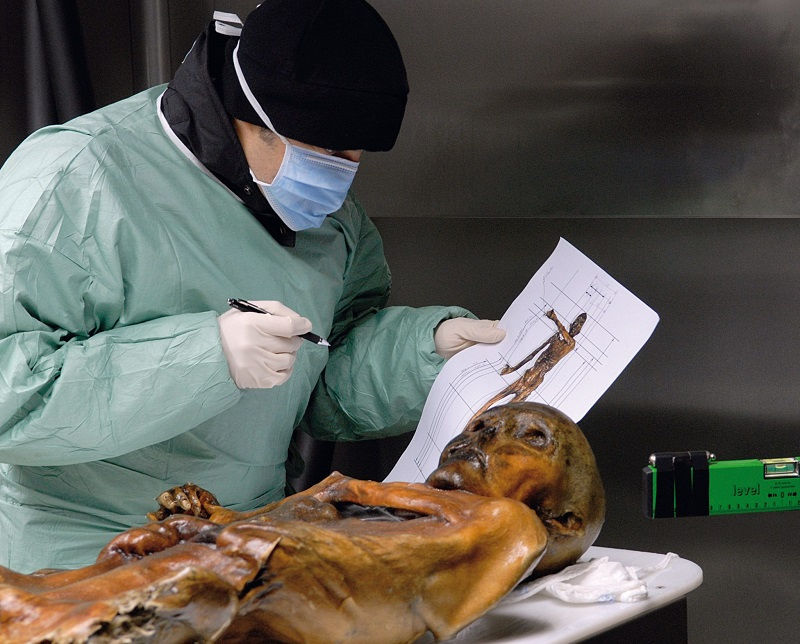Birch polypore - Fomitopsis betulina
- The Foraging Course Company
- Feb 26
- 2 min read

Inedible mushroom - novice Season - summer to autumn Common names birch polypore, razor strop fungus, Swiss army knife fungus, birch bracket
Scientific name meaning: Fomitopsis has Latin origins and means "looks like Fomes", another type of bracket fungus. Betulina is also Latin and means associated with birch, which this fungus grows on
Habitat  Birch polypore is a weak parasite and saprobe. It grows on dying and dead birch trees. |
Overall structure and growth  Starting of as a spherical white bubble bursting from the wood of its host, birch polypore grows into a kidney shaped bracket (growing out of wood with pore rather than gills). Numerous fruit bodies are often found on the wood it has colonised and older specimens can remain on the wood all year. It is semi-soft and has a rubbery feel when bent. |
Cap  The cap starts off as a white sphere bursting through the bark. It then becomes grey-brown and kidney-shaped. They colouring often cracks revealing the white flesh underneath. It can reach up to 25cm wide and 6cm thick. The edge can sometimes become wavy with age. |
Pores, tubes and spores  The pore surface is white and very thin in younger specimens, with the pores themselves not visible to the naked eye and instead looking smooth. As the tubes lengthen, the pore become visible and both them and the pore turn buff and become more tough. The spore colour is white. |
Flesh, taste and smell  The flesh is rubbery and white at first, toughening with age. The taste is mild to bitter and the smell is pleasant. |
Possible lookalikes  At first glance, could be confused with horse hoof fungus (Fomes fomentarius), pictured, or the blushing bracket (Daedaleopsis confragosa) which both grow on birch. However, both of these are much more solid brackets. |
Use as a food Birch Polypore is considered inedible due to its bitter taste. However, some drink it as a medicinal tea Hazards None known
Use in herbal medicine and medicine Birch polypore is known to have some antimicrobial, antiviral, antiparasitic, styptic and even anti-cancer properties. Its potential use in medicine is being increasingly researched
If you are suffering from any ailment or need medical advice, please see your General Practitioner Other uses The porous surface can be used as a natural plaster and was used by barbers to strop razors. If dried out, can be used as a form of kindling and powdered as tinder Importance to other species A food source of slugs and snails
Always stay safe when foraging. You need to be 100% sure of your identification, 100% sure that your foraged item is edible, and 100% sure that you are not allergic to it (it is good practice to always try a small amount of any new food you are consuming). If in doubt, leave it out!


Commenti